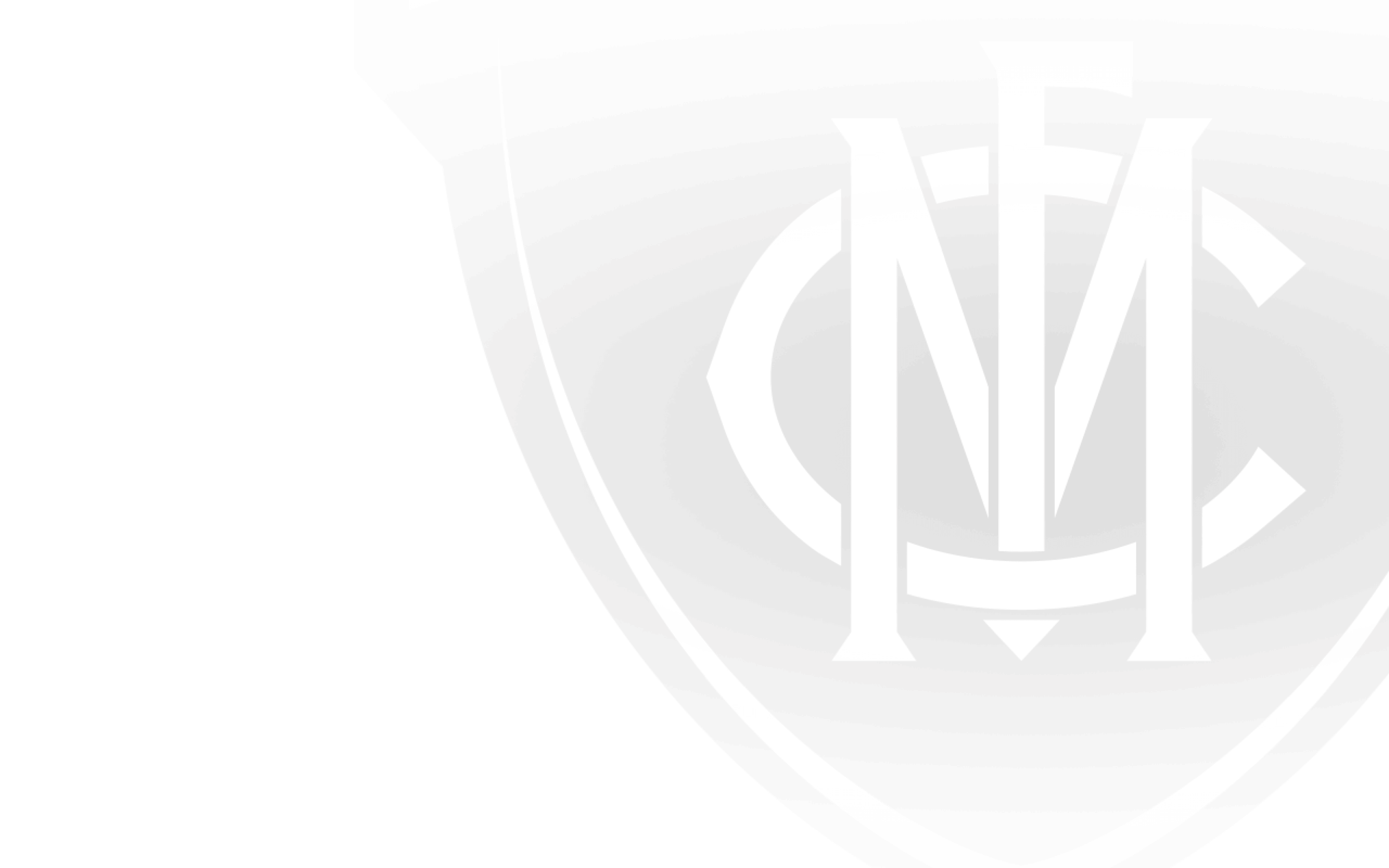Our Irish Heritage
As the Melbourne Football Club and the game itself are closely intertwined, so too are the Club and its Irish legacy
The very character of our game has Irish blood flowing through its veins. With the first appeal in 1858 from Tom Wills for young men to ‘form a foot-ball club, and form a committee of three or more to draw up a code of laws’, the local population was galvanised into activity. Given the migratory influx of the recent Victorian gold rushes, the recollections of one early player summed up the situation of disparate playing styles:
‘….A large percentage were Rugby players from England, still not a few hailed from Ireland and Scotland, all eager to refresh their memories with the games of their faraway homes. Englishmen of course played Rugby, Scotchmen a nondescript game,…while Irishmen contented themselves by yelling and punting the ball as straight as a die heavenwards.’
Add to this the indigenous influence which played a strong part in the young Tom Wills’ sports learning, and the Australian game was a richly diverse product, the personalities of its innovators stamped large from early days. One of these pioneers was Thomas Henry ‘Red’ Smith, a graduate of Trinity College Dublin, who both played and made a contribution to the early rules of the game. While this input was obviously significant, Smith himself is a somewhat mysterious character, who disappeared off the scene early on, leaving the game behind him to prosper.
And prosper it did over succeeding seasons, the influences of yesteryear melding into a unique and cohesive product. In 1967, Harry Beitzel - inspired by the 1966 All-Ireland Senior Football Championship final - formed an Australian side known as the ‘Galahs’ to play against an Irish side. This was followed by a ‘world tour’, consisting of six matches against Irish and Irish-based teams in Ireland, the UK, and the United States.
This was the beginning of what eventually became the hybrid international rules competition, as well as one of the sparks for the ‘Irish Experiment’, which saw Melbourne great Ron Barassi at the forefront of an innovation that had a huge impact on the Club. Barassi’s theory was that Irish boys had the necessary ability to adapt to the Australian game, and that Gaelic football - in an echo back to our game’s origins - was similar to the Australian form.
So the quest began for boys under 18, taller than 183 cm, and with a better than average record in the Gaelic game, to come to Australia. Wight arrived on Grand Final Day 1982, followed by Paul Earley, who played just one senior game. Both were recipients of sports scholarships. Wight made his senior debut in 1985, and went on to become a stalwart of the Melbourne backline throughout his 150 games and decade at the Club.
Wight’s progress to 1984 was sufficient to continue the Experiment, and the result was that one gangly youngster - Jim Stynes - took the bait, was awarded a scholarship, and came to Australia in November 1984. In 1986, he learned the fundamentals of the game with VFA club Prahran, and in 1987 he made his senior debut with Melbourne. It was the start of a remarkable career which brought 244 consecutive games, four Best and Fairest awards and the 1991 Brownlow - to name but a few honours - and a remarkable presidency that restored the fortunes of the Club.
With Stynes’ ongoing contribution, and with the stories of all those who have gone before, Melbourne’s Irish heritage is alive and well. The wearing of the green is a fitting tribute and nod to these connections and contributions alike.


